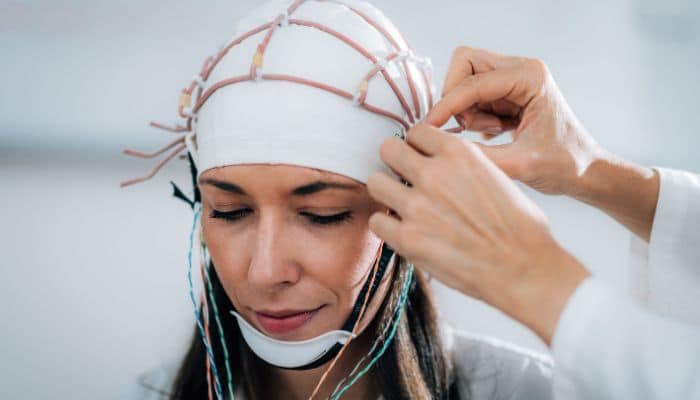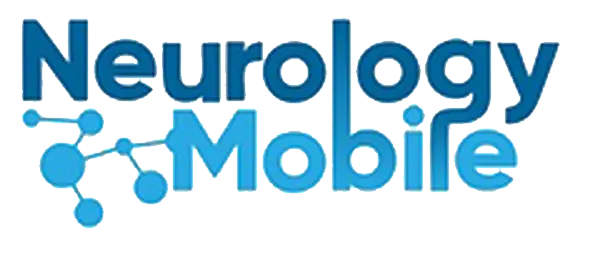4 min read
Understanding Strokes: A Comprehensive Guide to Symptoms, Causes, and Prevention
Welcome to our comprehensive guide on understanding strokes. In this article, we will delve into the symptoms, causes, and prevention methods associated with strokes. Whether you’re looking to educate yourself or support a loved one, this guide will equip you with the knowledge needed to navigate this serious condition.
Strokes, or cerebrovascular accidents, occur when the blood supply to the brain is interrupted, depriving it of oxygen and essential nutrients. This can lead to permanent damage or even death if not promptly addressed. Understanding the signs and symptoms is crucial in identifying and seeking immediate medical attention for a stroke.
We will explore the various types of strokes, including ischemic and hemorrhagic strokes, and delve into the underlying causes. From high blood pressure and smoking to obesity and diabetes, there are numerous risk factors to be aware of. We’ll also provide valuable insights on preventive measures, such as lifestyle changes and treatment options.
Committed to providing accurate and reliable information, this guide is a valuable resource for anyone seeking a deeper understanding of strokes and how to prevent them. Let’s empower ourselves and prioritize our brain health.

What is a stroke?
A stroke, also known as a cerebrovascular accident, occurs when the blood supply to the brain is interrupted, depriving it of oxygen and essential nutrients. This interruption can be caused by a blockage or the rupture of blood vessels in the brain. Strokes are a medical emergency and require immediate attention to minimize the risk of permanent damage or death.
Strokes can be classified into two main types: ischemic strokes and hemorrhagic strokes. Ischemic strokes account for the majority of cases and occur when a blood clot or plaque buildup narrows or blocks a blood vessel leading to the brain. Hemorrhagic strokes, on the other hand, result from the rupture of a blood vessel in the brain, leading to bleeding and subsequent damage.
Common symptoms of a stroke
While strokes can occur at any age, certain factors increase the risk of experiencing one. High blood pressure, or hypertension, is the leading risk factor for strokes. Other factors include smoking, obesity, diabetes, high cholesterol levels, a sedentary lifestyle, a family history of strokes, and age (particularly for individuals over 55 years old). It’s important to be aware of these risk factors and take proactive measures to manage them.
Risk factors for strokes
Understanding the underlying causes of strokes can help in prevention and management. As mentioned, high blood pressure is a significant cause of strokes. When blood pressure is consistently high, it can damage blood vessels and increase the risk of clot formation. Smoking, obesity, and diabetes also contribute to the development of strokes by affecting blood vessel health and promoting clot formation. Additionally, certain medical conditions, such as atrial fibrillation and carotid artery disease, can increase the risk of strokes.
Causes of strokes
Ischemic strokes occur when a clot or plaque buildup blocks a blood vessel leading to the brain. This blockage disrupts blood flow and starves the brain cells of oxygen and nutrients, leading to cell death. Common causes of ischemic strokes include atherosclerosis, where fatty deposits accumulate in the blood vessels, and embolism, where a clot forms elsewhere in the body and travels to the brain. Prompt medical intervention is necessary to restore blood flow and prevent further damage.

Understanding ischemic strokes
Hemorrhagic strokes result from the rupture of a blood vessel in the brain, causing bleeding and subsequent damage. This bleeding can occur within the brain tissue (intracerebral hemorrhage) or in the space surrounding the brain (subarachnoid hemorrhage). High blood pressure, trauma, aneurysms, and blood vessel abnormalities are common causes of hemorrhagic strokes. Immediate medical attention is crucial to stop the bleeding and relieve pressure on the brain.
Understanding hemorrhagic strokes
Preventing strokes starts with managing the risk factors mentioned earlier. Maintaining a healthy lifestyle, including regular exercise, a balanced diet, and avoiding smoking, can significantly reduce the risk. Managing chronic conditions such as high blood pressure, diabetes, and high cholesterol levels is also essential. Additionally, regular check-ups with healthcare professionals can help identify and address potential risk factors. It’s important to remember that prevention is always better than treatment when it comes to strokes.
Stroke prevention strategies
When a stroke occurs, immediate medical intervention is crucial to minimize damage and improve outcomes. The specific treatment options depend on the type and severity of the stroke. Ischemic strokes can often be treated with medication to dissolve the clot or surgical procedures to remove the blockage. Hemorrhagic strokes may require surgery to repair the ruptured blood vessel or relieve pressure on the brain. Rehabilitation and ongoing care are also essential for individuals who have experienced a stroke, as they may need assistance regaining lost functions and preventing future strokes.

Treatment options for strokes
When a stroke occurs, immediate medical intervention is crucial to minimize damage and improve outcomes. The specific treatment options depend on the type and severity of the stroke. Ischemic strokes can often be treated with medication to dissolve the clot or surgical procedures to remove the blockage. Hemorrhagic strokes may require surgery to repair the ruptured blood vessel or relieve pressure on the brain. Rehabilitation and ongoing care are also essential for individuals who have experienced a stroke, as they may need assistance regaining lost functions and preventing future strokes.
In conclusion, strokes are serious medical emergencies that require immediate attention. Understanding the symptoms, risk factors, and causes of strokes can help in prevention and early intervention. By adopting a healthy lifestyle, managing chronic conditions, and seeking regular medical care, we can significantly reduce the risk of experiencing a stroke. Remember, knowledge is power, and prioritizing our brain health is essential for a long and fulfilling life.
Conclusion
Strokes can be categorized into two main types: ischemic and hemorrhagic strokes. Ischemic strokes occur when there is a blockage in one of the blood vessels that leads to the brain. This can happen when a blood clot forms in a blood vessel that supplies blood to the brain. Hemorrhagic strokes, on the other hand, result from a blood vessel in the brain rupturing and bleeding into the surrounding brain tissue.
Ischemic strokes are the most common type of stroke, accounting for approximately 87% of all strokes. Hemorrhagic strokes are less common, accounting for approximately 13% of all strokes. Regardless of the type of stroke, both are serious, and immediate medical attention is necessary.
